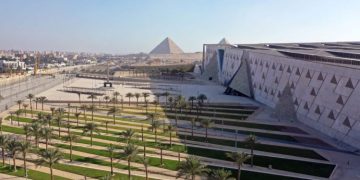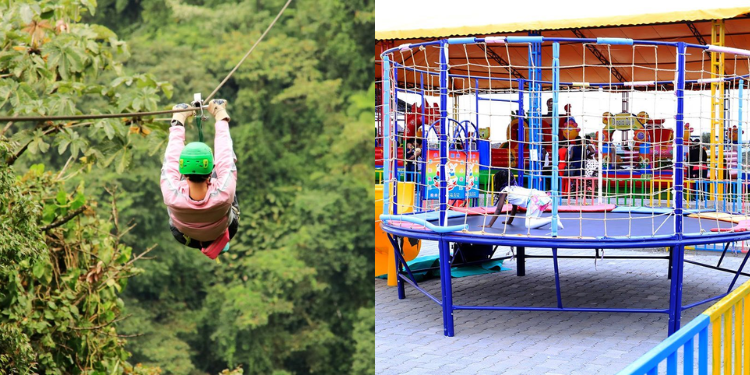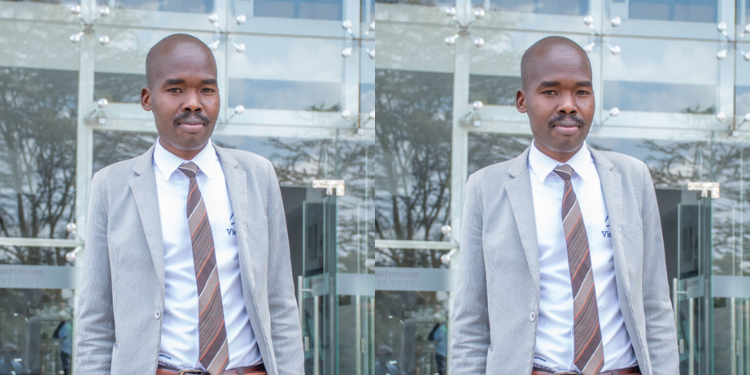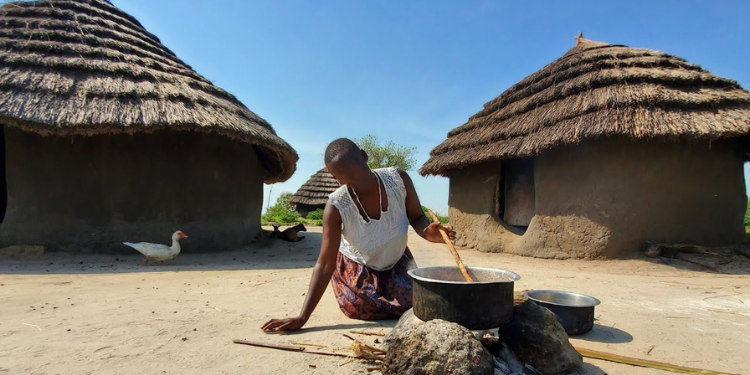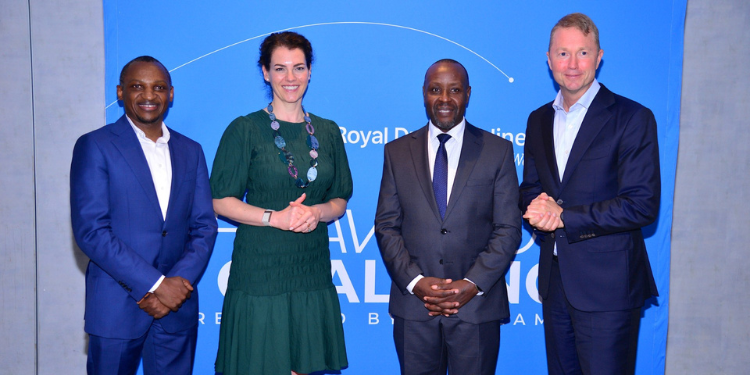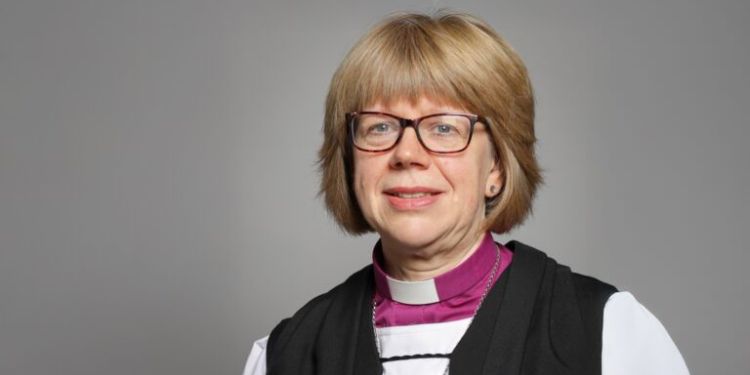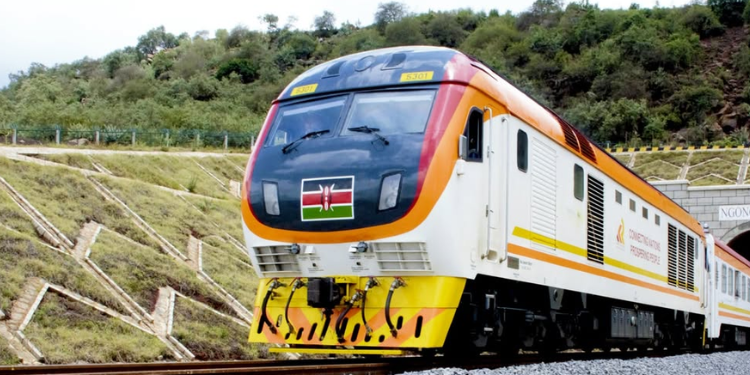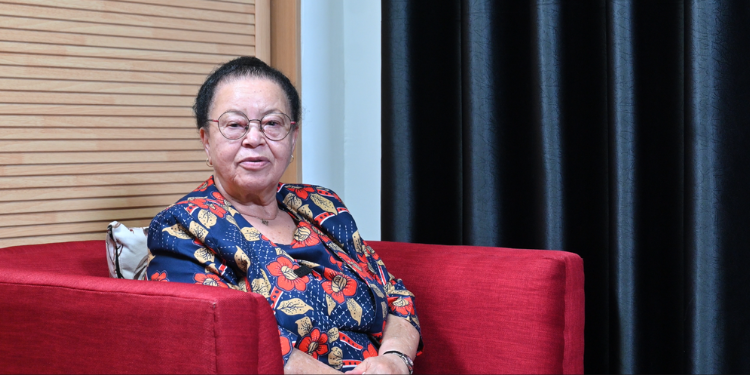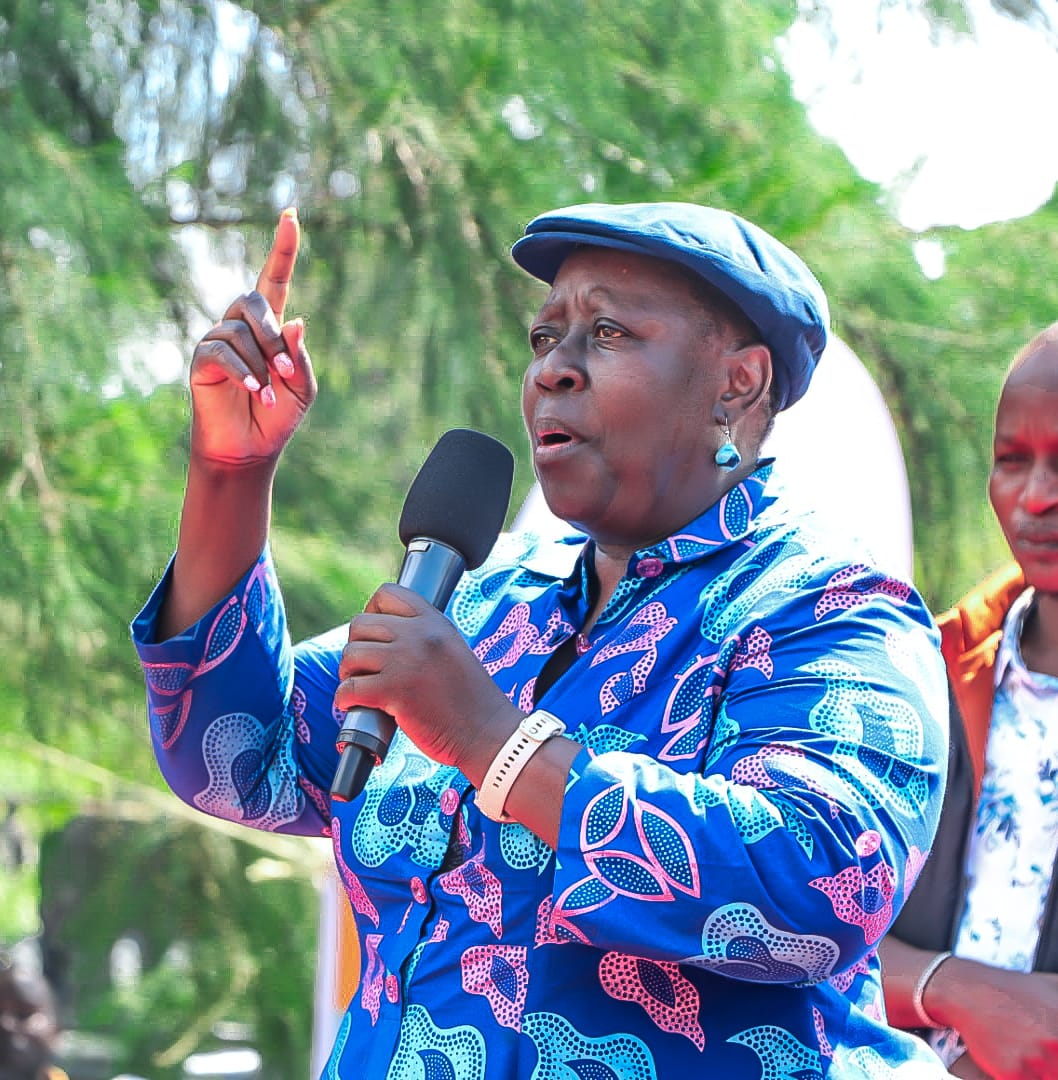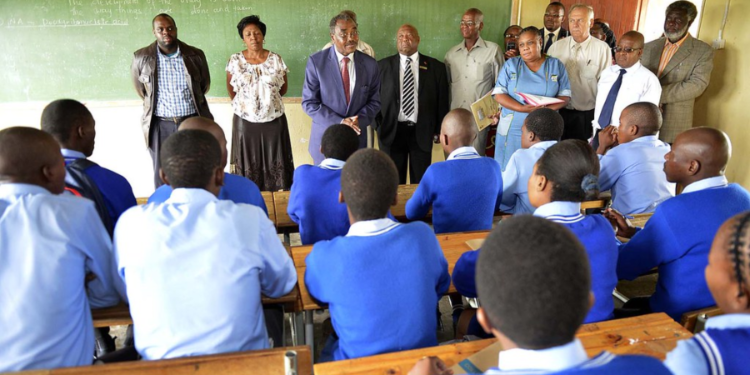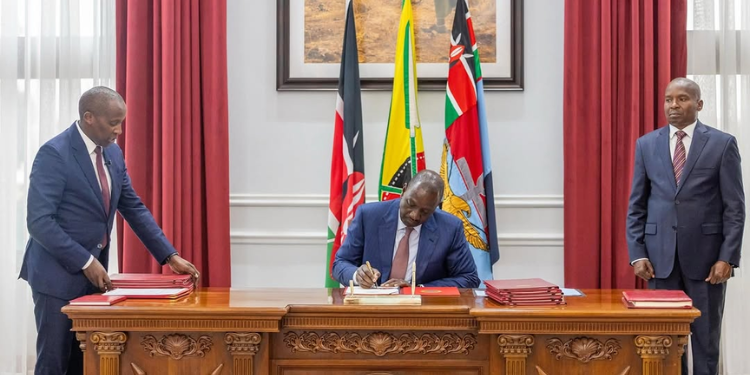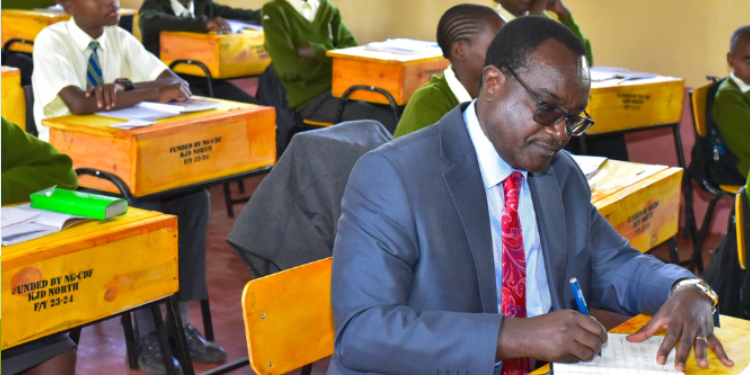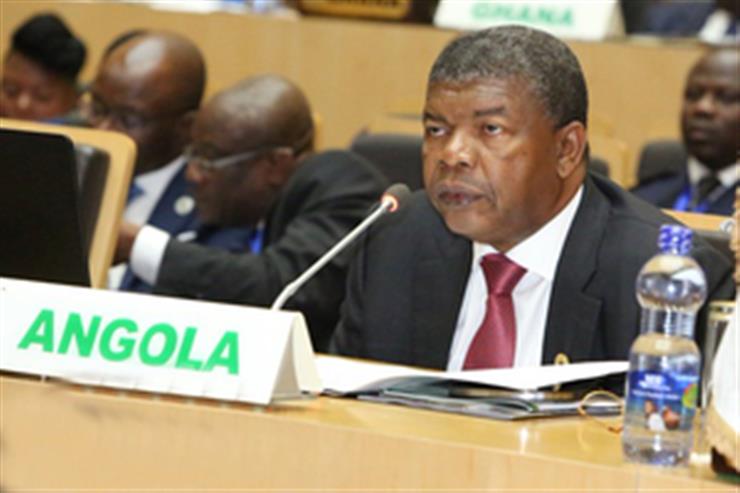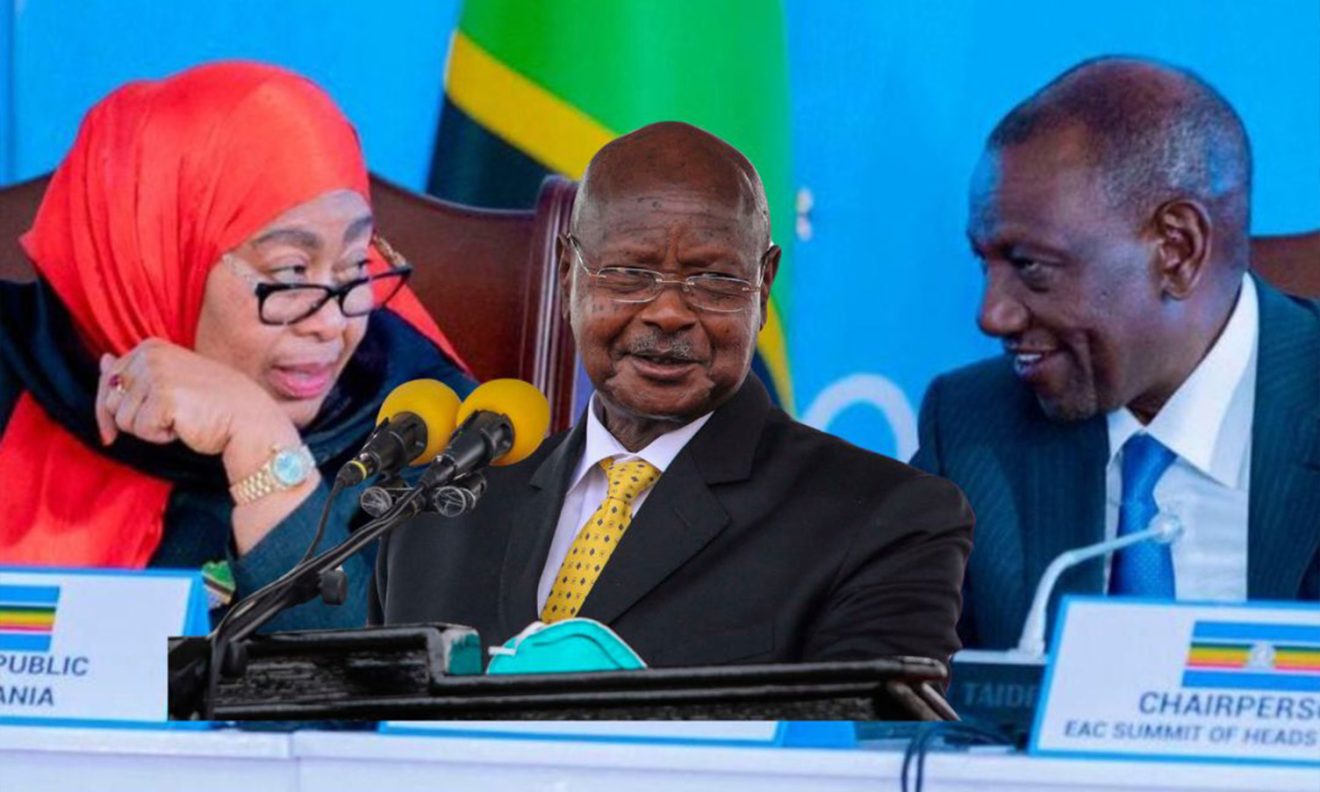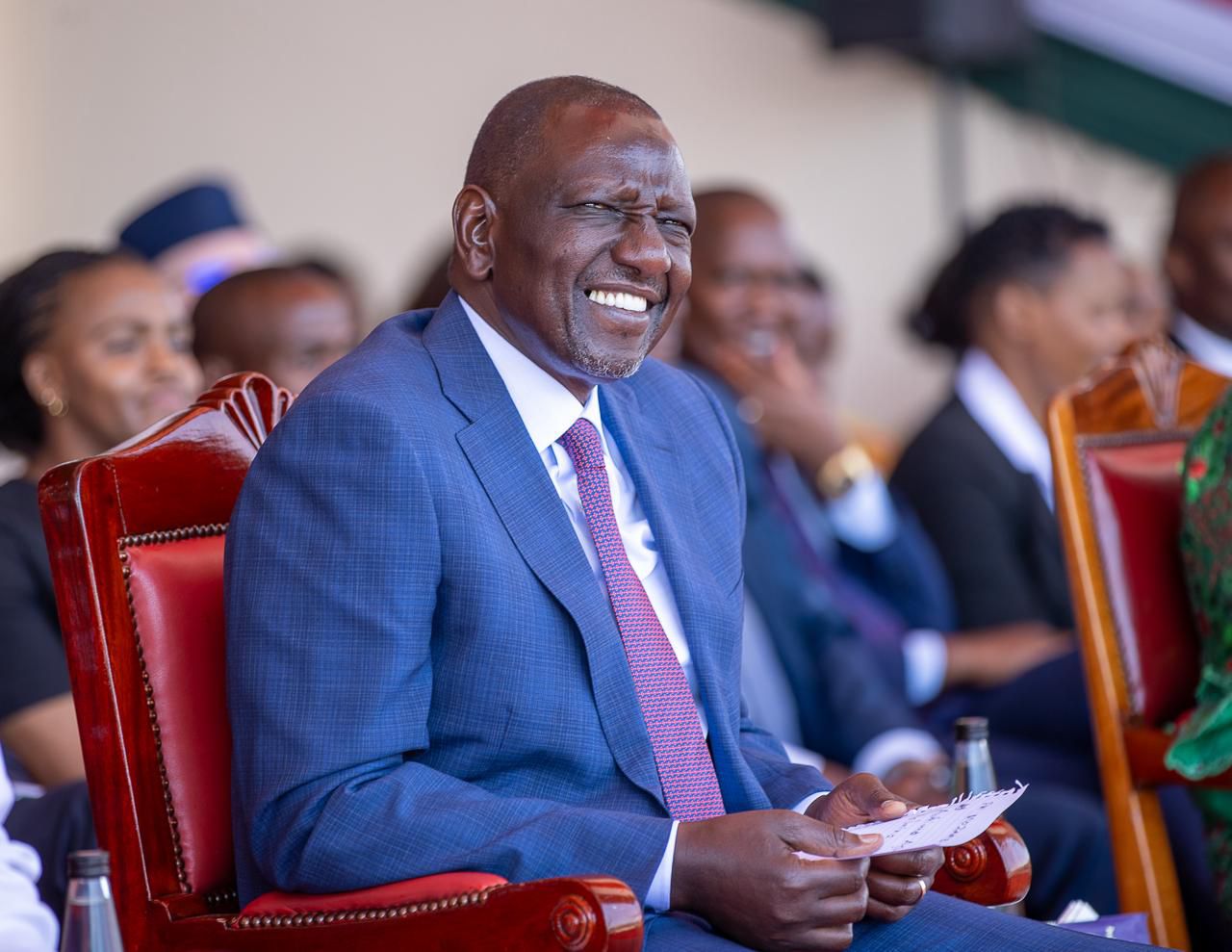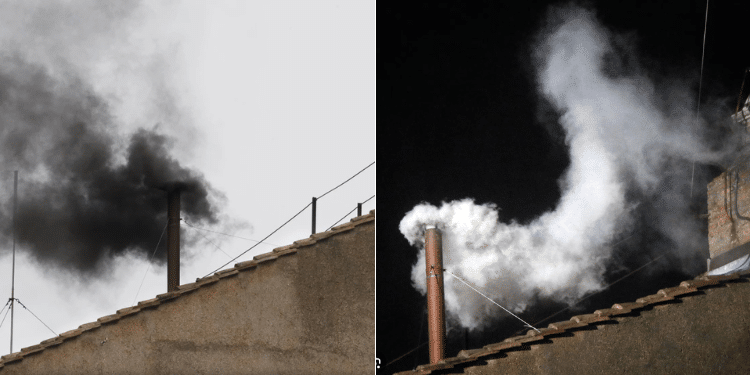Following the death of Pope Francis, the Catholic Church’s most senior officials will meet to begin discussions on choosing his successor.
This process leads to a papal conclave—an election held by the College of Cardinals, which is a body made up of bishops and Vatican officials appointed by the pope.
A change in the Pope, whether through death or resignation, sets in motion a centuries-old process filled with elaborate rituals and tradition.
The conclave is expected to begin between May 6 and May 11, 2025, roughly 15 to 20 days after Pope Francis’ death, in line with Vatican tradition that allows time for mourning and logistical preparations.
As of April 21, the College of Cardinals had 252 members. As a body, the members oversee the Holy See’s affairs in-between popes, albeit with limits.
135 out of the 252 are “cardinal electors,” who gather in the Vatican to choose the new pope. For centuries, they have chosen one of their own.
Pope Francis Death: What Happens During Papal Conclave
The conclave takes place inside the Sistine Chapel. Before voting begins, the cardinal electors take an oath of secrecy and the chapel doors are sealed.
The electors are sequestered from all outsiders for the duration.
A Latin phrase for “all out,” is made by the master for papal liturgical celebrations, currently Italian Archbishop Diego Ravelli, to ask all those present except the cardinal electors to leave the Sistine Chapel to begin the voting process during the conclave.
The cardinals then engage in prayer and discussion about the future of the Church and the qualities needed in a new pope.
Each voting cardinal casts his ballot in secret. According to the United States Conference of Catholic Bishops, a cardinal recites a prayer, folds his ballot twice, and places it into a large chalice.
Also Read: World Leaders Attending Pope Francis’ Funeral
The current dean of the College of Cardinals is Italian Cardinal Giovanni Battista Re. As dean, he plays a key role in the transition process following the pope’s death.
Once informed by the camerlengo—the official who verifies and announces the pope’s death— Cardinal Re notifies the other cardinals and the ambassadors to the Holy See.
He is responsible for convening the conclave and presiding over the proceedings, including administering the oath of secrecy to the cardinal electors.
When a new pope is elected, it is the dean who formally asks whether he accepts the position and what papal name he wishes to adopt.
During the conclave to elect a new pope, three cardinal electors are randomly selected to serve as scrutineers—officials who review and announce each ballot after a round of voting.
What Black and White Smoke Signals Mean During Election of New Pope
They tally the votes and determine whether a two-thirds majority has been achieved, which is required to elect a new pope.
If no candidate secures this majority, the process continues. All ballots are then burned.
If the conclave results in no decision, the ballots are combined with chemicals—potassium perchlorate, anthracene, and sulfur—to emit black smoke from the Sistine Chapel chimney, signaling to the outside world that the vote was inconclusive.
However, if a new pope has been elected, the ballots are burned with a different chemical mixture—potassium chlorate, lactose, and chloroform resin—to produce white smoke, signaling a successful election.
Bells are also rung to confirm the announcement.
Also Read: Pope Francis and Kenya: A Legacy Rooted in Justice, Peace, and the Poor
The black and white smoke comes from a cast-iron stove inside the Sistine Chapel. One of the stoves is used to burn the cardinals’ ballots and the other is to send puffs of black or white smoke up above.
This entire process is governed by the Vatican’s apostolic constitution, originally issued by St. John Paul II in 1996 and later amended by Pope Benedict XVI.
Notably, Benedict reversed John Paul’s provision allowing for a simple majority if the conclave prolonged beyond 12 days; under the current rule, a two-thirds majority is required throughout.
In the rare event of a prolonged conclave, the top two vote-getters face a runoff, though neither may vote in that round. The whole procedure is shrouded in secrecy, taking place behind the closed doors of the Sistine Chapel.
Follow our WhatsApp Channel and X Account for real-time news updates.


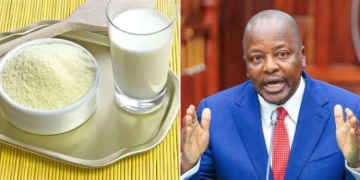
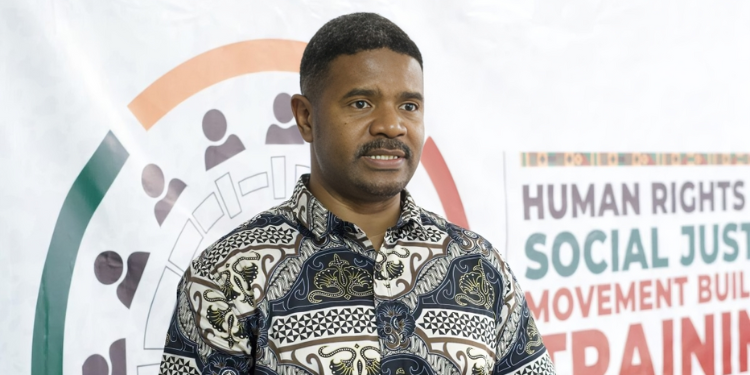
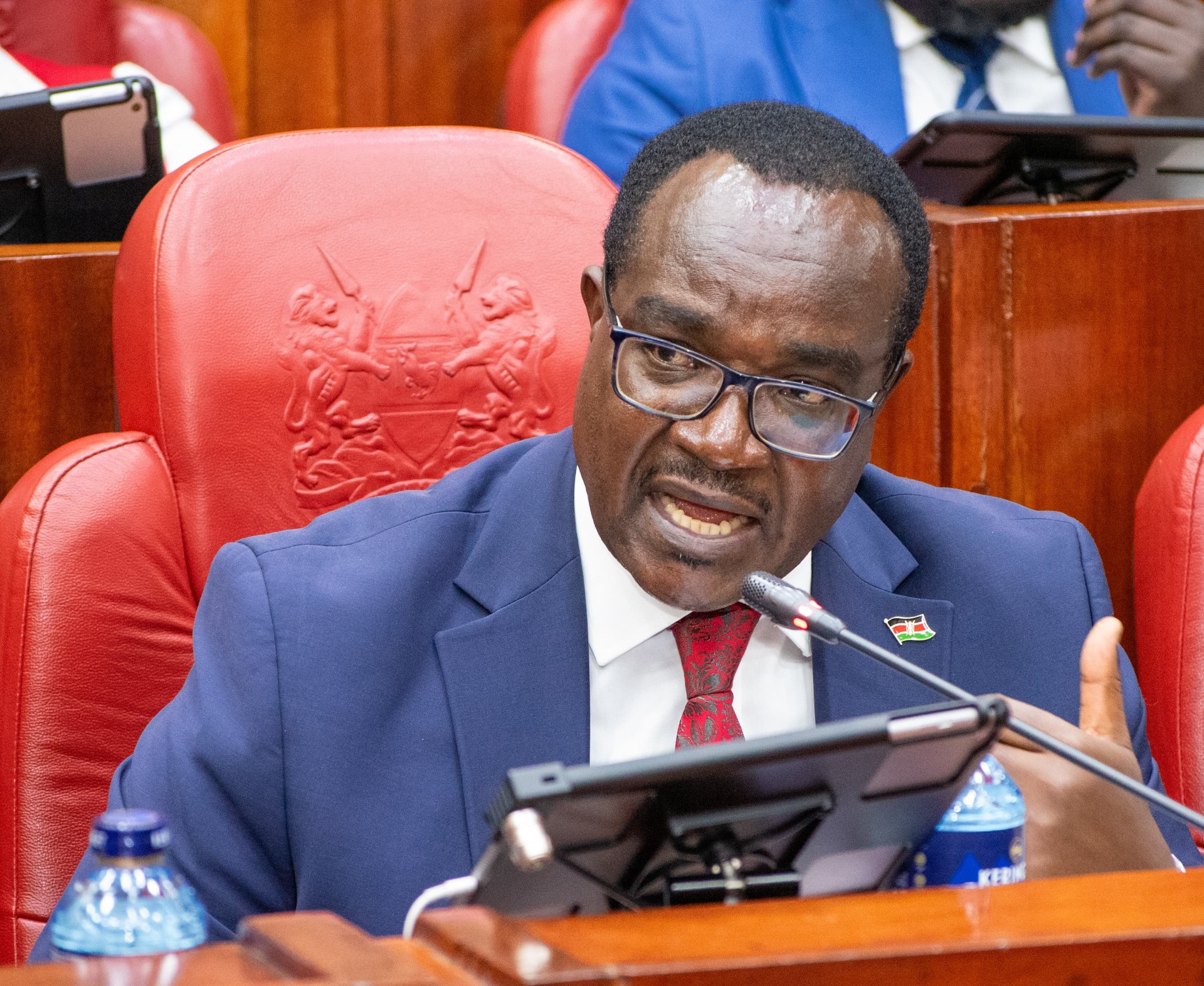
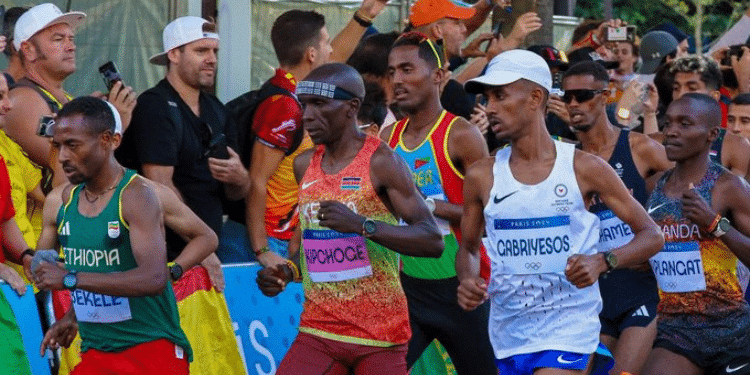
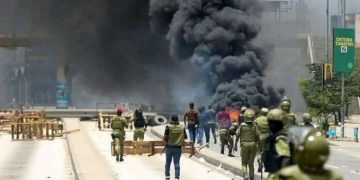
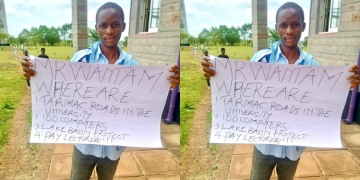
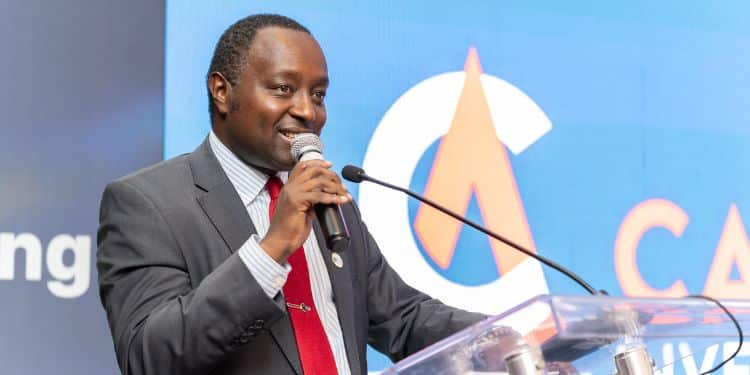
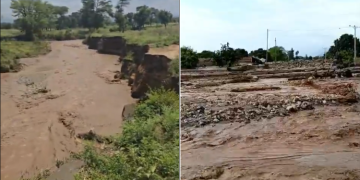
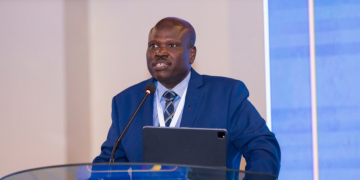

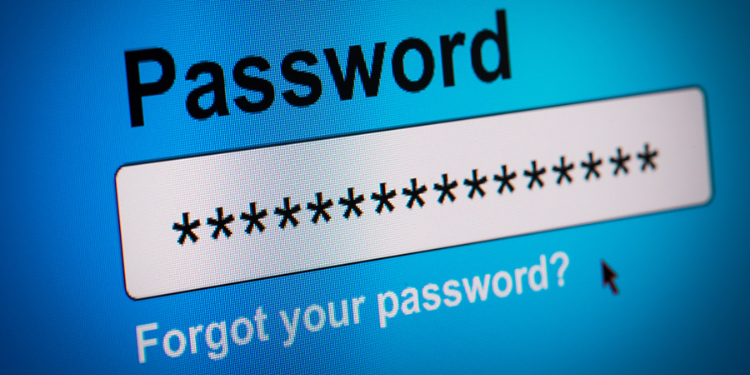

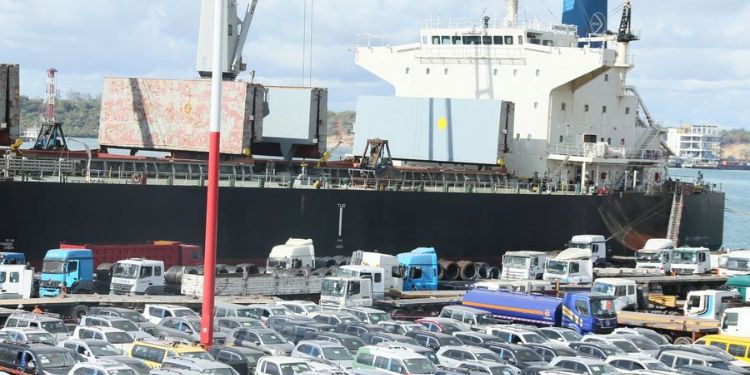

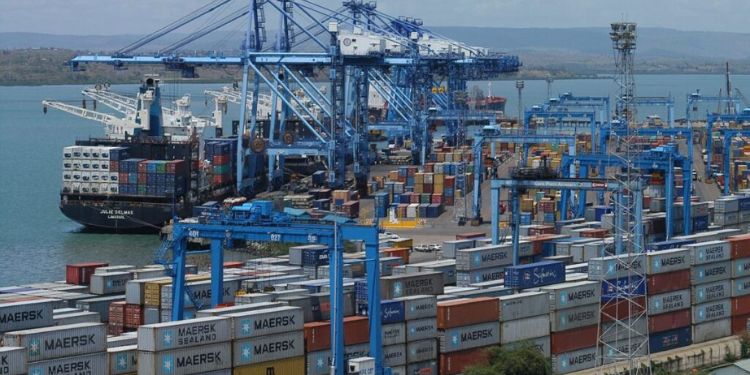
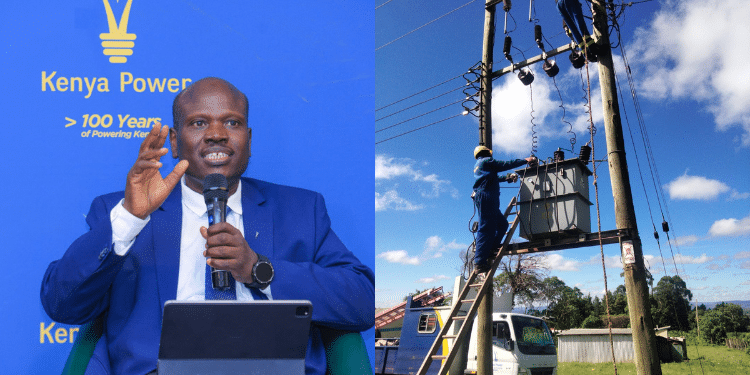
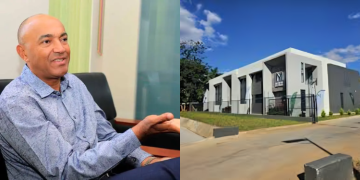

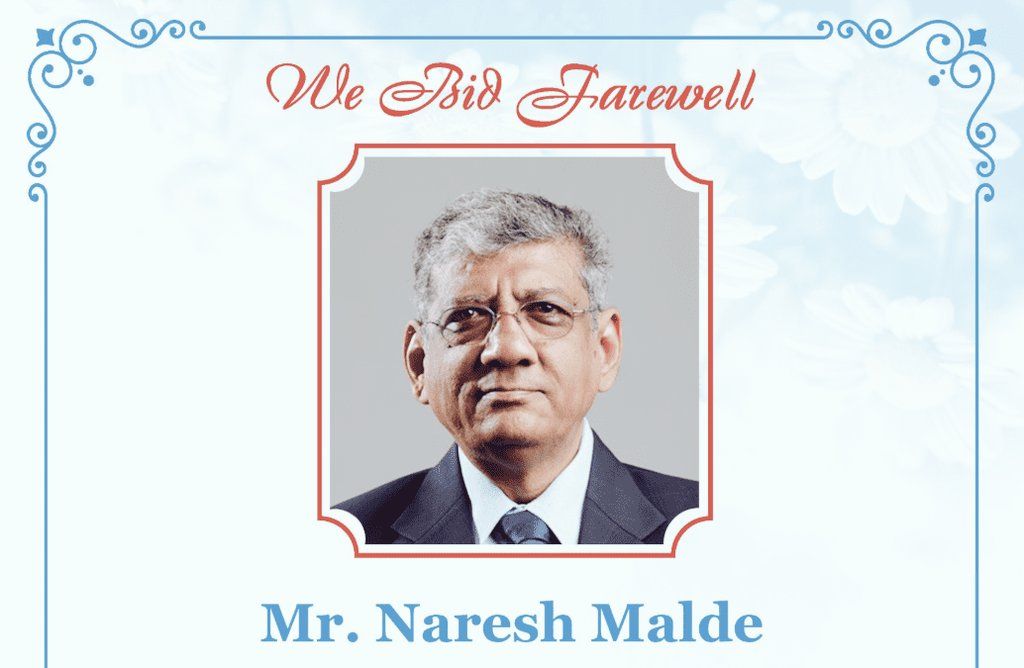

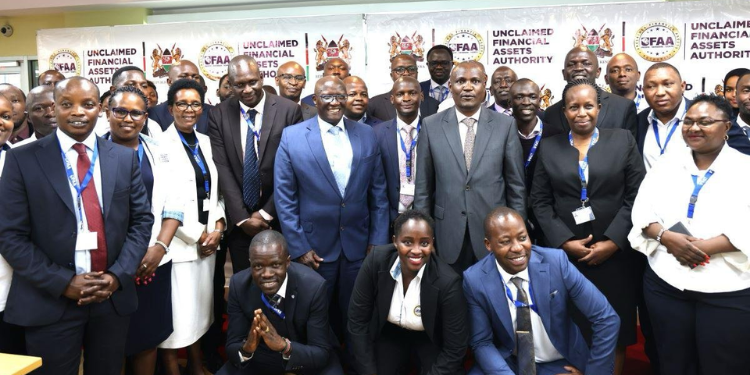
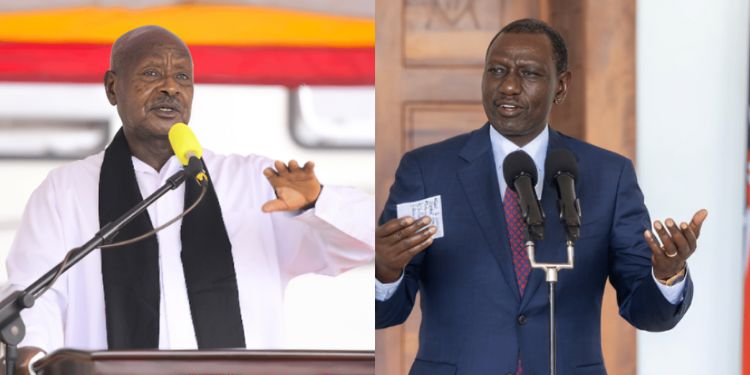
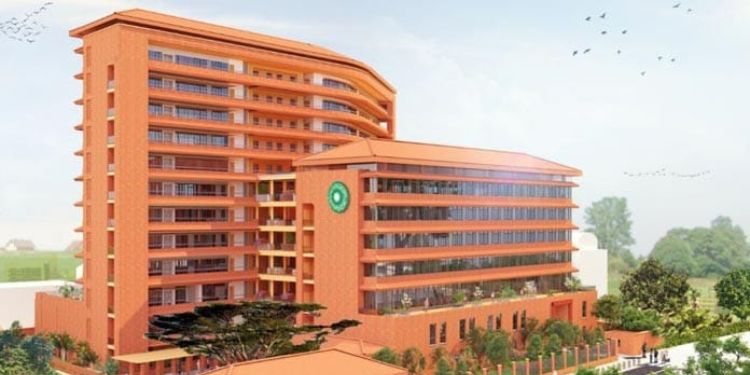
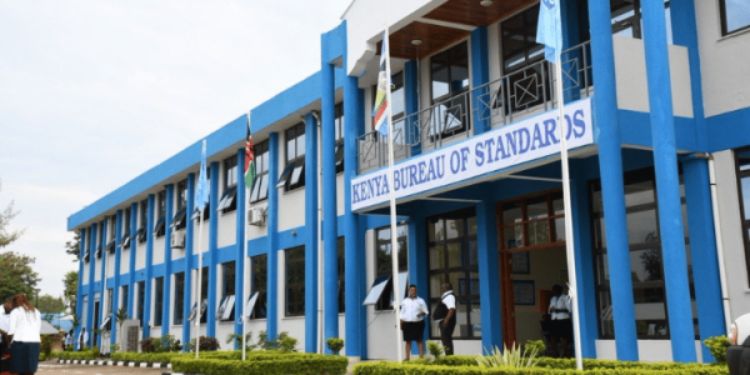
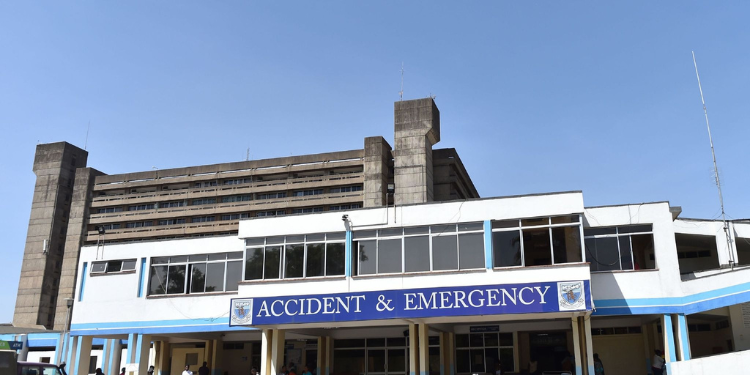

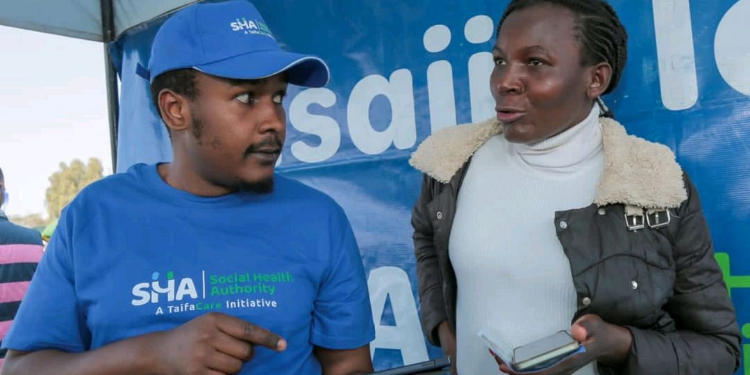
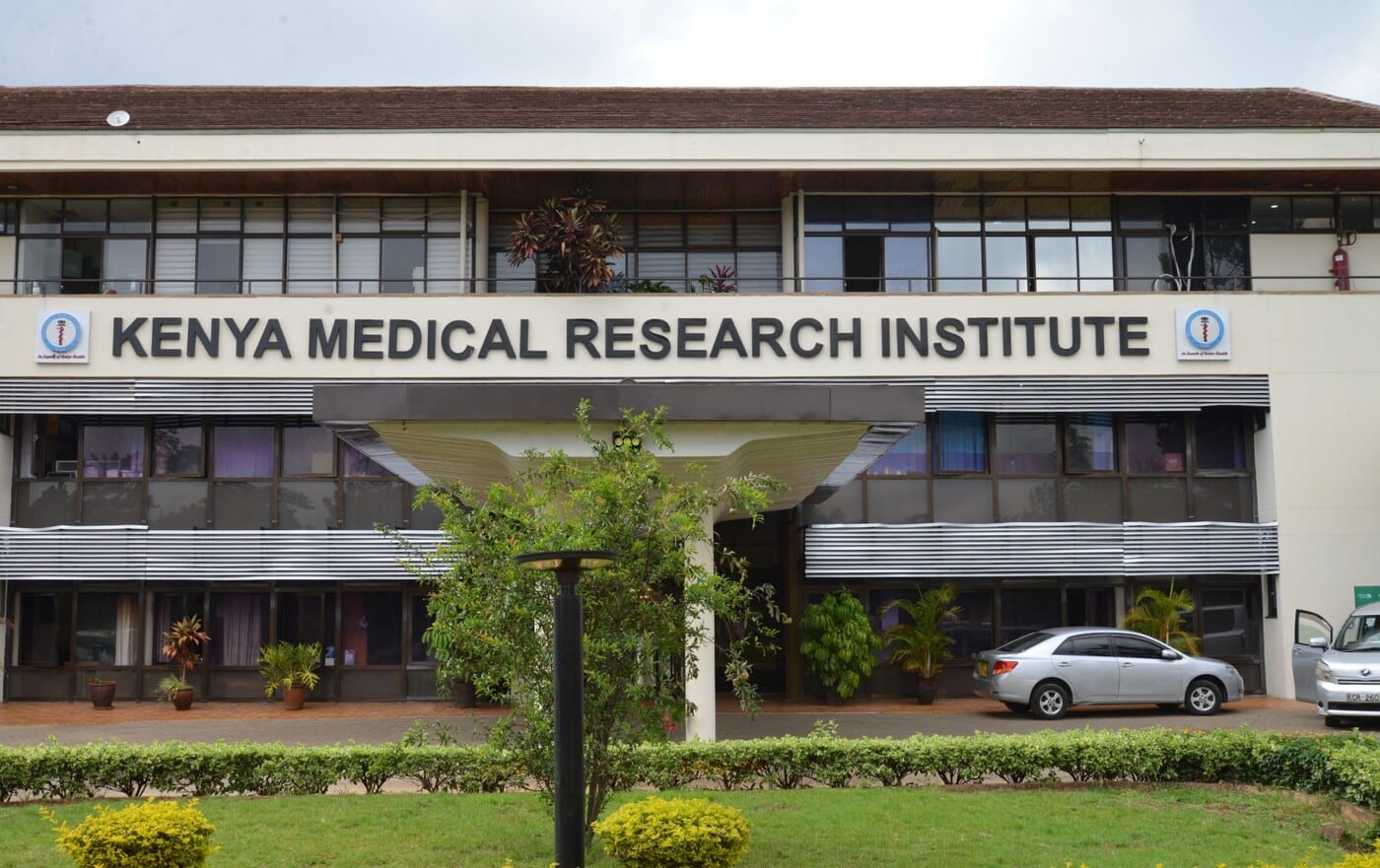
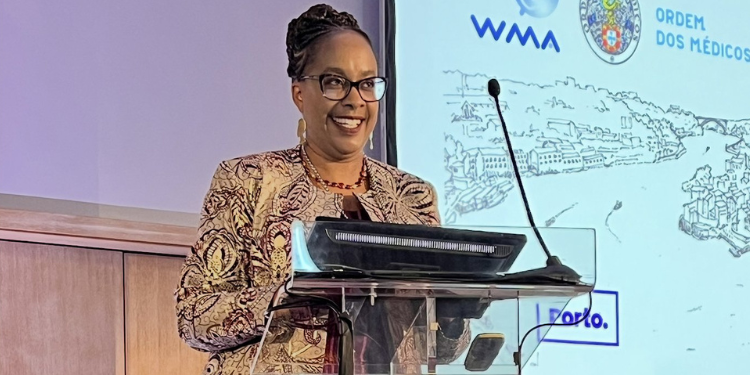
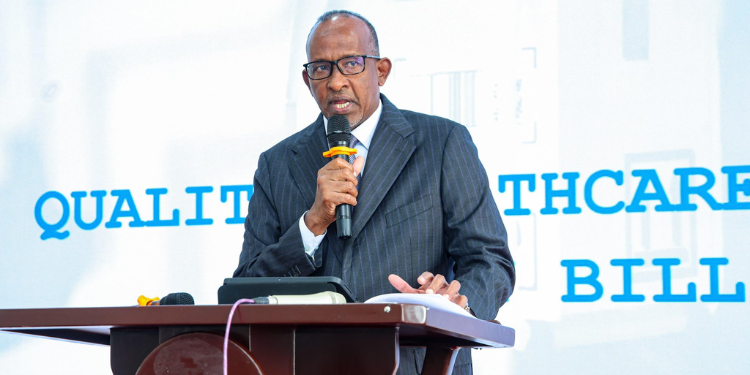
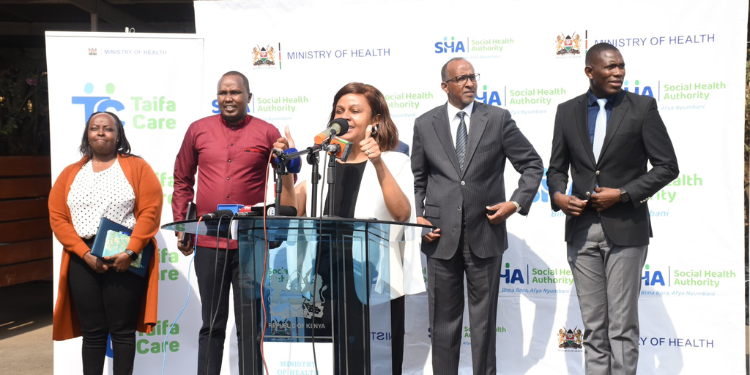
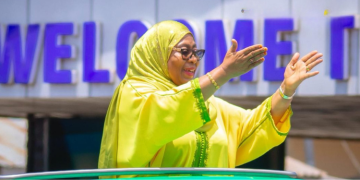
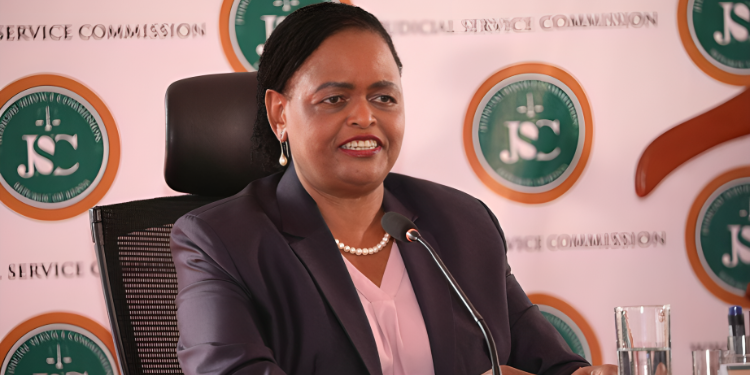
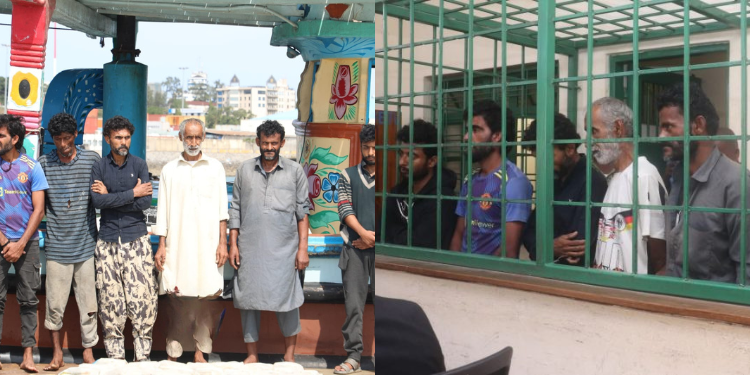
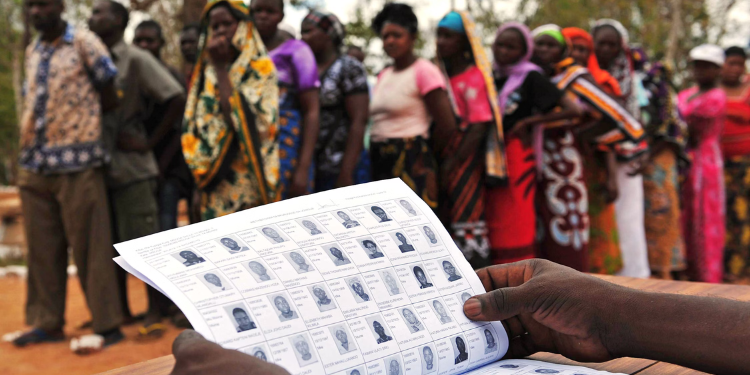
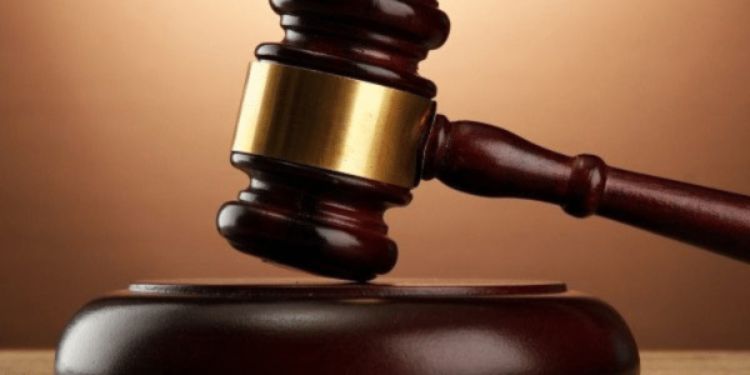
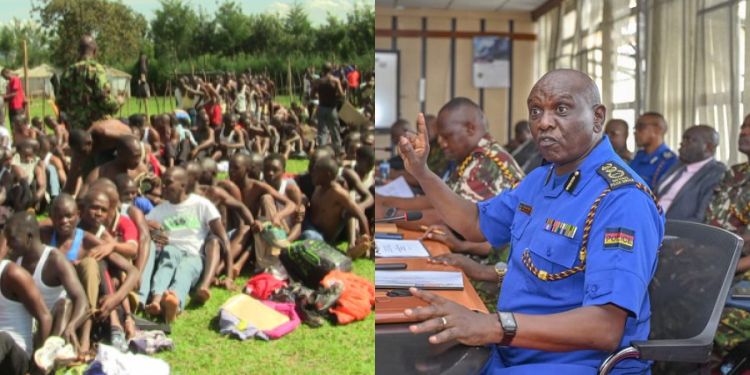
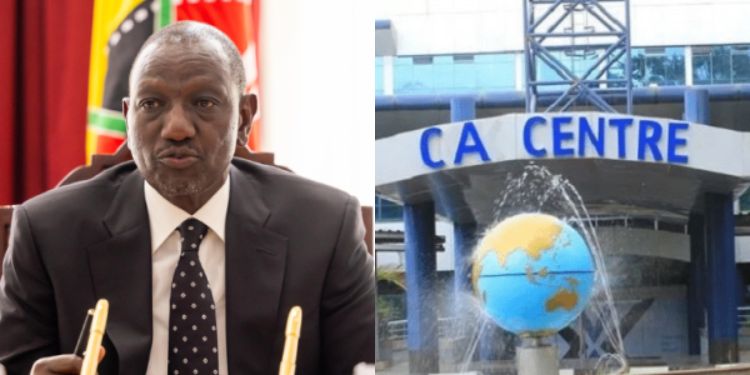
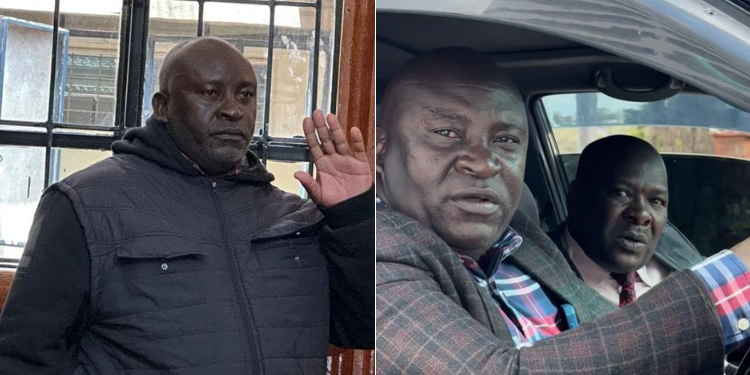


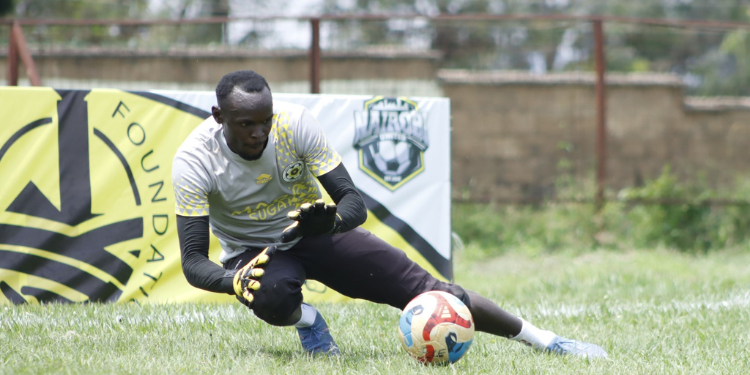



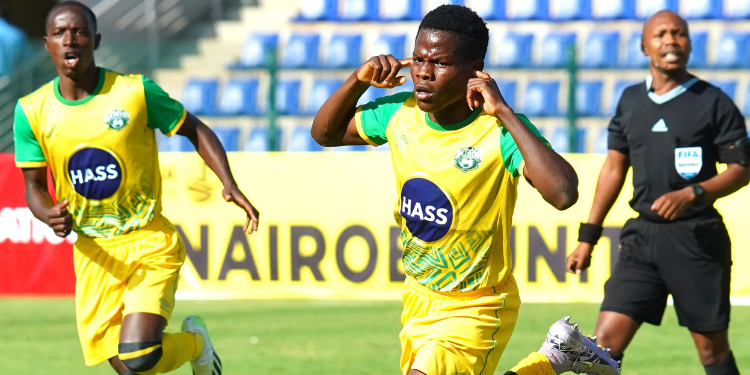
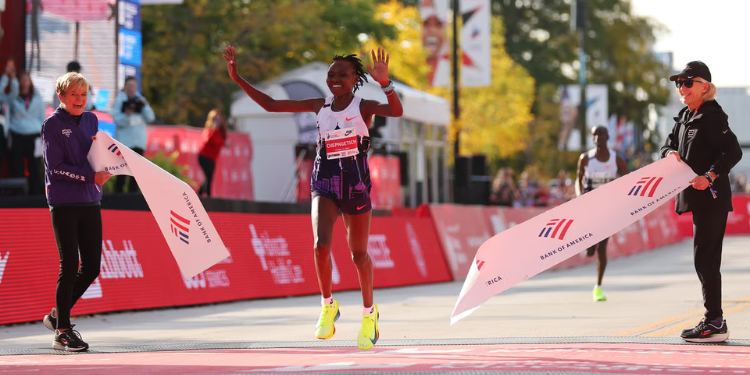
![Senator Allan Chesang And Chanelle Kittony Wed In A Colourful Ceremony [Photos] Trans Nzoia Senator Allan Chesang With Channelle Kittony/Oscar Sudi]( https://thekenyatimescdn-ese7d3e7ghdnbfa9.z01.azurefd.net/prodimages/uploads/2025/11/Trans-Nzoia-Senator-Allan-Chesang-with-Channelle-KittonyOscar-Sudi-360x180.png)
